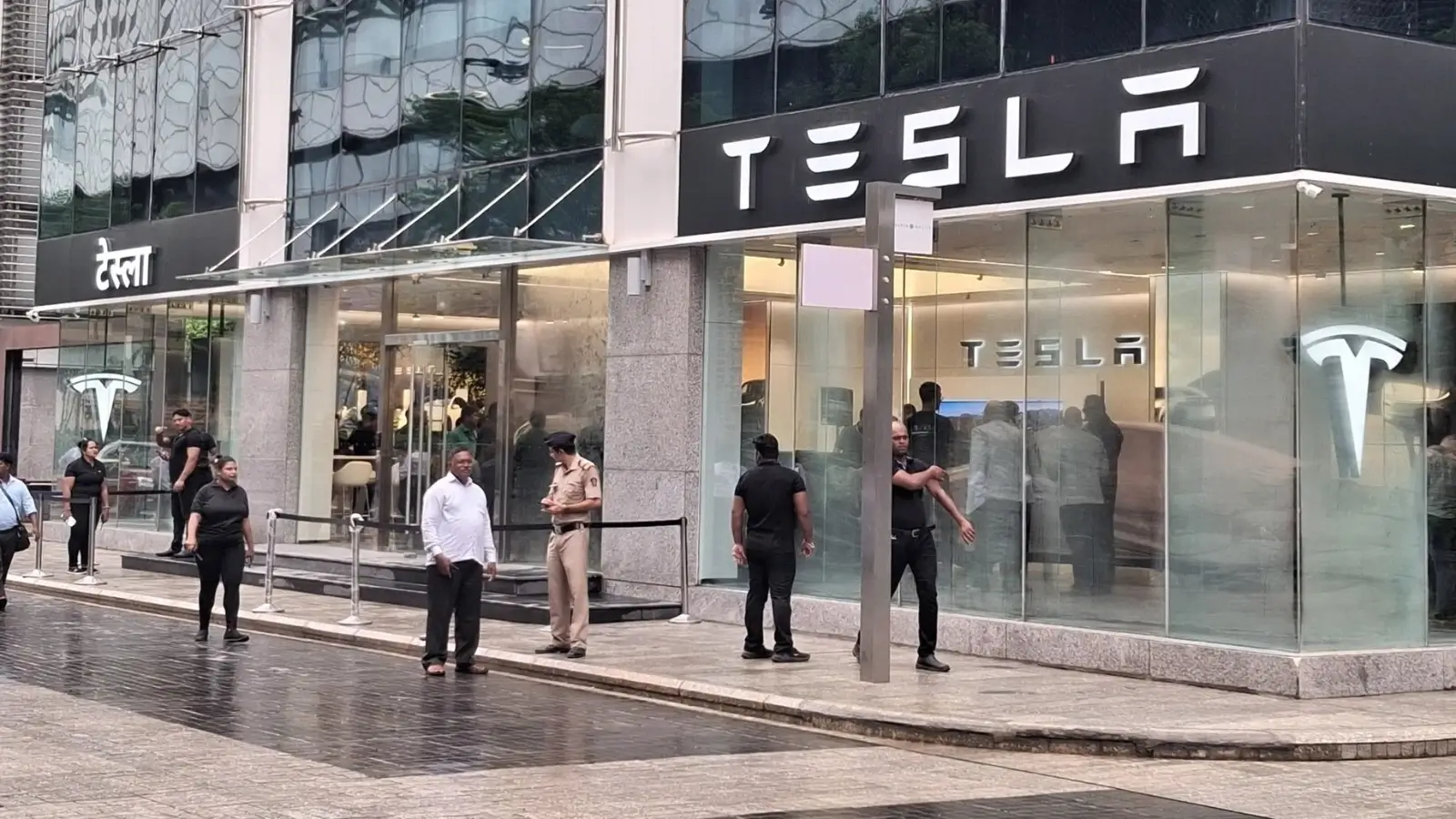


The cleanliness of a workplace says more than you might think. A tidy office creates a strong first impression, supports employee wellness, and reflects a company’s commitment to professionalism. But keeping up with a commercial cleaning routine takes more than just wiping down desks or emptying trash bins.
Offices and other workspaces face unique hygiene challenges—shared surfaces, high-touch areas, and varying traffic patterns all influence how cleaning should be approached. And while many businesses rely on standard cleaning methods for day-to-day upkeep, a truly effective routine also includes periodic deep cleaning and task-specific services like post construction cleaning or move in/out cleaning when appropriate.
This guide outlines what every office should incorporate into its commercial cleaning strategy—ensuring health, safety, and productivity in today’s workplace environment.
Not all areas of an office require the same attention. High-traffic zones like entryways and restrooms need daily care, while boardrooms or private offices might only need weekly touch-ups.
Start by identifying:
High-touch areas (door handles, elevator buttons, light switches)
Shared equipment (copiers, conference phones, breakroom appliances)
Personal workstations
Floors, walls, and upholstery
HVAC vents, windows, and blinds
Assign cleaning frequencies based on foot traffic and usage patterns. Consistency is key—especially when employees share devices or surfaces.
Daily commercial cleaning should include:
Trash and recycling removal
Wiping and disinfecting desktops and keyboards
Cleaning restrooms (toilets, sinks, mirrors)
Sweeping and mopping entryways or kitchen areas
Refilling paper goods and sanitizing supplies
Weekly cleaning can tackle deeper surface care:
Vacuuming corners and under desks
Dusting vents, windowsills, and baseboards
Cleaning behind and underneath furniture
Sanitizing appliances like microwaves, coffee makers, and refrigerators
For businesses with open office plans or high turnover, daily tasks may need to be expanded. The goal is to prevent buildup before it starts.
Clean air is just as important as clean desks. Unfortunately, it’s one of the most overlooked components of a commercial cleaning strategy.
To maintain air quality:
Replace HVAC filters every 1–3 months
Vacuum air vents and ceiling fans quarterly
Have ducts professionally cleaned as needed
Additionally, soft surfaces like office chairs and sofas absorb dust, skin cells, and odors. Schedule upholstery cleaning at least twice a year—or more frequently if your office sees heavy use.
Kitchens are one of the highest-risk areas for cross-contamination. Even small breakrooms need regular and thorough cleaning to prevent the spread of bacteria.
Essential cleaning tasks include:
Wiping down tables, countertops, and cabinet fronts
Cleaning out and disinfecting microwaves and refrigerators
Sanitizing coffee makers and water dispensers
Sweeping and mopping daily to avoid residue buildup
Emptying food-related trash multiple times a day, if needed
A neglected kitchen not only creates odors—it can also become a breeding ground for pests and illness.
Even with daily attention, grime builds up. A comprehensive deep cleaning should be scheduled at least twice a year—though quarterly is ideal for higher-traffic workspaces.
Deep cleaning tasks may include:
Shampooing carpets or tile grout
Steam-cleaning upholstery
Polishing floors and applying protective sealants
Detailed window and glass cleaning
Scrubbing hard-to-reach or overlooked areas
Deep cleaning resets the space and tackles what standard cleaning can’t. It’s especially valuable after flu season, around holidays, or in shared environments like coworking spaces.
Sometimes an office space needs more than a refresh. That’s where services like post construction cleaning and move in/out cleaning come into play.
Post construction cleaning is essential after renovations or build-outs. It clears drywall dust, debris, and residue that standard cleaning can’t handle safely or efficiently.
Move in/out cleaning becomes necessary when a tenant leaves or a business relocates. This process ensures a thorough reset—cleaning under, behind, and inside every cabinet, corner, and surface to meet leasing or ownership standards.
Partnering with professionals like Honeycomb Home Cleaning ensures that these transitional moments are handled thoroughly and on schedule.
Restrooms require daily attention—regardless of office size. An unclean bathroom affects employee satisfaction and creates a negative impression on visitors.
Commercial cleaning routines for restrooms should include:
Disinfection of toilets, urinals, sinks, and dispensers
Refill of paper towels, toilet paper, and soap
Cleaning of mirrors and stall doors
Mopping with disinfectant
Odor control and ventilation inspection
If your office accommodates clients or customers, a spotless restroom is as important as your front desk.
Today’s employees and clients care more than ever about hygiene and transparency. A clean workplace isn’t just appreciated—it’s expected.
Simple ways to promote visibility include:
Posting cleaning schedules in restrooms or kitchens
Using signs that indicate when a space was last cleaned
Making hand sanitizer stations and disinfecting wipes easily accessible
Encouraging staff to clean their own stations weekly
When cleanliness is part of company culture, it supports accountability and shows everyone that their environment matters.
An effective commercial cleaning routine isn’t just about appearances—it’s about health, productivity, and reputation. With structured daily and weekly tasks, regular deep cleaning, and specialty services like post construction cleaning or move in/out cleaning when needed, businesses can create a workspace that feels safe, organized, and professional.
Offices don’t clean themselves. But when systems are in place and expectations are clear, maintaining a pristine environment becomes part of the workflow—not a constant disruption.
For those looking to streamline their commercial cleaning approach, experienced teams like Honeycomb Home Cleaning offer the expertise and consistency to keep your workspace at its best—day in and day out.